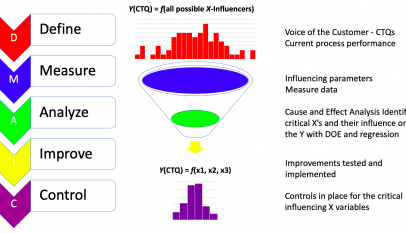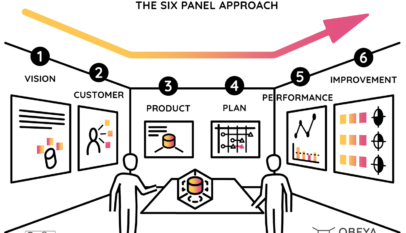Efficient production flow is at the heart of any successful lean manufacturing operation. While many organizations turn to systems like Kanban for process control, another lean tool, CONWIP (Constant Work In Progress), offers a flexible and effective alternative. This blog explores how CONWIP works, its benefits, and why it might be the right choice for your operations.
What Is CONWIP?
CONWIP stands for Constant Work In Progress, a production control system designed to limit the amount of work in the production process. Unlike traditional Kanban systems that control work at specific stations, CONWIP focuses on managing the overall workflow across the entire system.
The system uses visual cards to signal when new work can enter the process. Once an item is completed and exits the production line, a card is released, allowing a new item to enter. This ensures that the total amount of work in progress remains constant, preventing overloading and improving process efficiency.
Key Benefits of CONWIP
🔑 Balances Workflow: By limiting WIP, CONWIP keeps the system running smoothly and avoids congestion.
🔑 Reduces Bottlenecks: Focusing on the entire process flow prevents work pile-ups at individual stations.
🔑 Adapts to Demand: The system can flexibly adjust to changes in demand without major disruptions.
🔑 Simplifies Implementation: Compared to other lean tools, CONWIP is easy to set up and maintain.
CONWIP vs. Kanban
While both CONWIP and Kanban are lean tools aimed at improving efficiency, their approaches differ. Kanban controls WIP at each station, requiring more detailed management. CONWIP, on the other hand, focuses on the entire process, making it ideal for operations with diverse product types or high variability.
For example, in a mixed-product environment, CONWIP simplifies operations by ensuring that the entire system remains balanced, regardless of the product mix. This reduces the complexity often associated with managing multiple Kanban loops.
Implementing CONWIP in Your Operations
- Assess Your Workflow: Identify the total capacity of your production system and set an appropriate WIP limit.
- Introduce Visual Controls: Use CONWIP cards or digital equivalents to signal when new work can enter the process.
- Monitor and Adjust: Continuously review system performance and fine-tune WIP limits as needed.
- Train Your Team: Ensure all employees understand how CONWIP works and their role in maintaining its effectiveness.
Why Choose CONWIP?
For businesses seeking a straightforward way to improve production flow without over-complicating management, CONWIP offers an attractive solution. It’s especially beneficial for industries with mixed-product environments or high variability in demand.
By maintaining a constant level of work in progress, CONWIP helps streamline operations, reduce waste, and improve overall efficiency—a true embodiment of lean manufacturing principles.
















